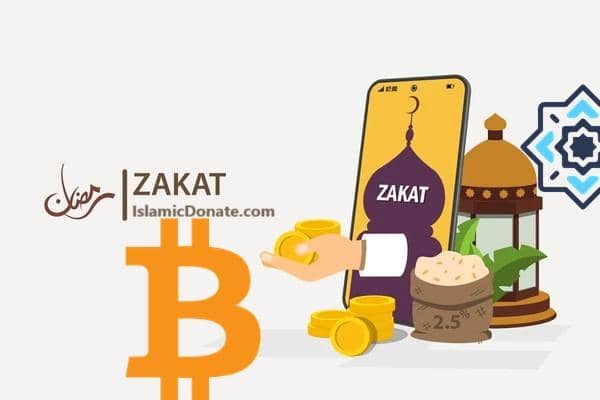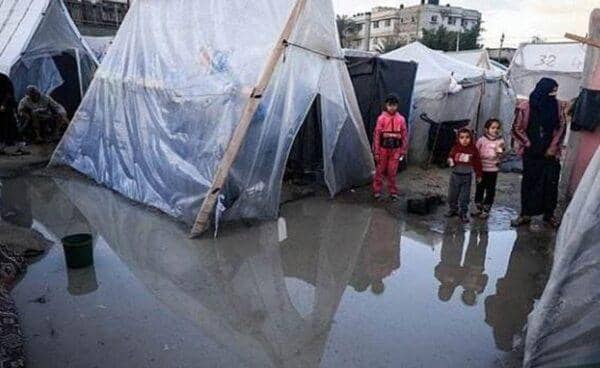The science of rijal, also known as “the study of the narrators,” is a branch of Islamic scholarship that focuses on the study of the biographies and reliability of the individuals who transmitted the hadith (sayings, actions, and teachings) of the Prophet Muhammad and other important figures in Islamic history.
The science of rijal is an important field of study because the authenticity and reliability of the hadith are crucial to the understanding and interpretation of Islamic law and tradition. In order to determine the authenticity of a particular hadith, scholars must carefully evaluate the chain of transmission of the hadith and the trustworthiness of the narrators who transmitted it.
To do this, scholars of rijal study the biographies of the narrators and assess their character, knowledge, and reliability as sources of hadith. They also consider factors such as the narrators’ geographical location, the time period in which they lived, and their relationship to the Prophet Muhammad and other important figures in Islamic history.
The science of rijal is a complex and nuanced field that requires a deep understanding of Islamic history and the hadith literature. It plays a crucial role in the study and interpretation of Islamic tradition and is an essential part of Islamic scholarship.











